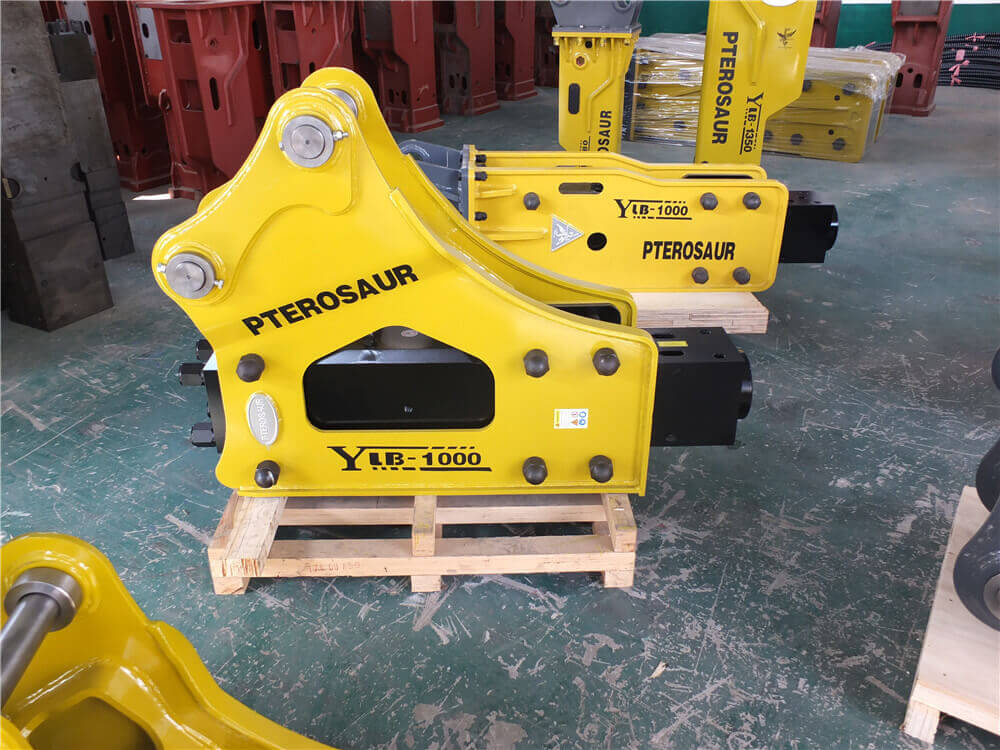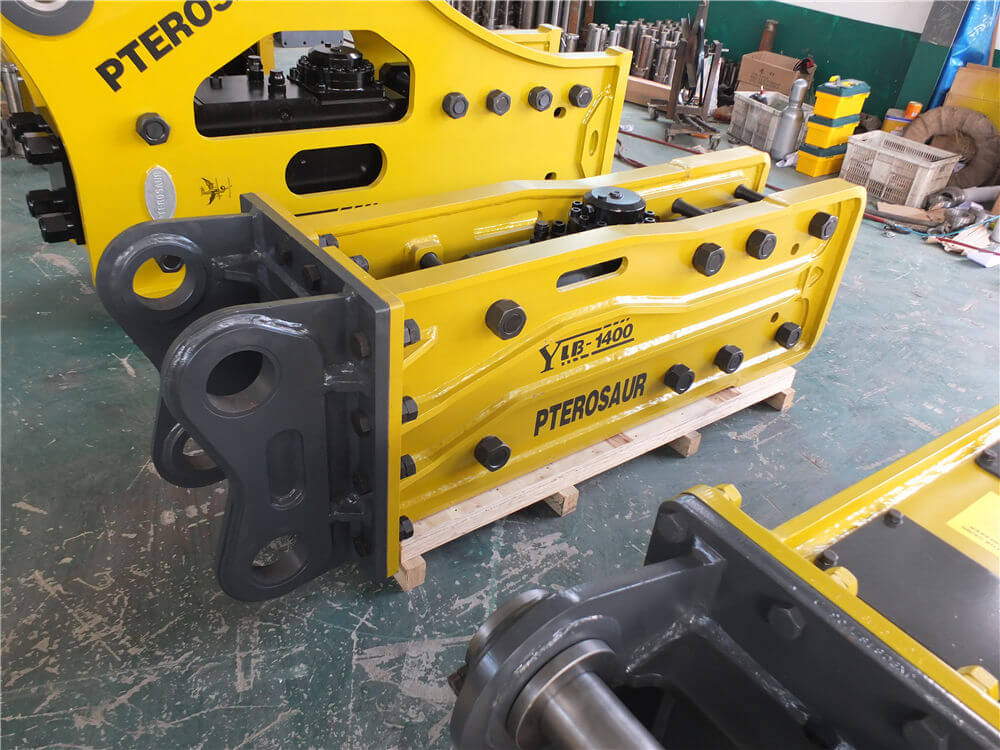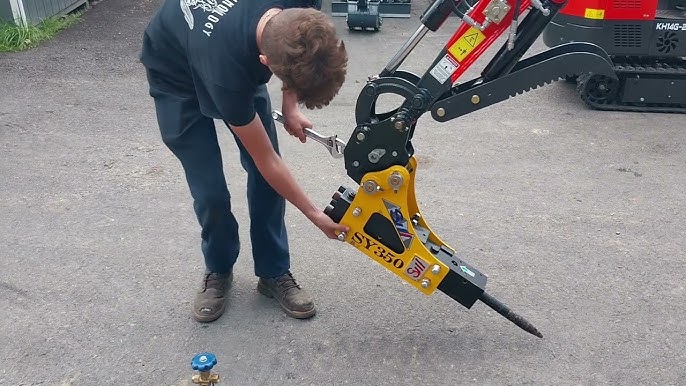The Ultimate Guide to Excavator Hammer Attachments
Excavator hammer attachments, commonly referred to as concrete breakers or hydraulic breaker hammers, are essential tools in the construction and demolition industries. They are specifically designed to handle tough materials such as concrete, rock, and asphalt, delivering high-impact blows that make breaking through solid surfaces efficient and effective. This article will explore the various types of hammer attachments, their applications, and maintenance tips to maximize their utility.
Understanding Hammer Attachments
Hammer attachments for excavators utilize hydraulic power to generate significant force. These tools convert hydraulic energy into mechanical energy, allowing operators to break through hard materials with minimal effort. Essentially, the hydraulic hammer consists of a piston that strikes the surface, delivering powerful blows that fracture concrete and other robust structures.
Types of Hammer Attachments
-
Hydraulic Breakers: These are the most common type of hammer attachment, known for their high efficiency and performance. They are versatile, fitting excavators ranging from 0.7 to 140 tons, making them suitable for various demolition tasks.
-
Excavator Mounted Vibratory Hammers: These hammers are designed for driving or extracting steel profiles, such as sheet piles and beams. They provide a unique solution for projects requiring deep penetration into the earth.
-
Heavy-Duty Hammers: Larger excavators may be equipped with heavy-duty hydraulic hammers that can handle the most challenging tasks, including mining and large-scale demolition.
-
Mini Excavator Hammers: Tailored for smaller machines, these attachments maintain high efficiency while being compact enough to operate in tight spaces.
Applications of Excavator Hammer Attachments
Excavator hammer attachments are invaluable in a range of applications:
-
Demolition Projects: From demolishing old structures to breaking up concrete sidewalks and removing driveways, hammer attachments transform excavators into powerful demolition tools.
-
Trenching and Excavation: In trenching projects, these attachments can break through hard surfaces quickly, allowing for more efficient digging and installation of utilities.
-
Mining Operations: The ability to break rock efficiently makes hydraulic hammers essential for various mining operations.
-
Construction Tasks: They are also used in road construction and maintenance, facilitating the removal of old asphalt and concrete.
Maintenance Tips for Hammer Attachments
To ensure the longevity and performance of your excavator hammer attachment, consider the following maintenance tips:
-
Regular Inspections: Periodically check the hammer for signs of wear or damage. Look for cracks, leaks, and any abnormal sounds during operation.
-
Proper Lubrication: Ensure that all moving parts are adequately lubricated to reduce friction and prevent overheating.
-
Flow Adjustment: Setting the correct auxiliary flow for the hammer is crucial. This adjustment helps optimize performance and can prevent damage to both the hammer and the excavator.
-
Operator Training: Proper training for operators is essential to maximize the utility of the hammer attachment while minimizing risks of accidents and equipment damage.
Conclusion
Excavator hammer attachments are powerful tools that enhance the versatility of excavators in various applications. Whether you are involved in demolition, mining, or construction, selecting the right hammer attachment can significantly impact your project’s efficiency and effectiveness. By understanding the different types of hammers, their applications, and proper maintenance, operators can ensure optimal performance and longevity for their equipment. With these insights, you can confidently tackle even the toughest materials with your excavator hammer attachment.




































